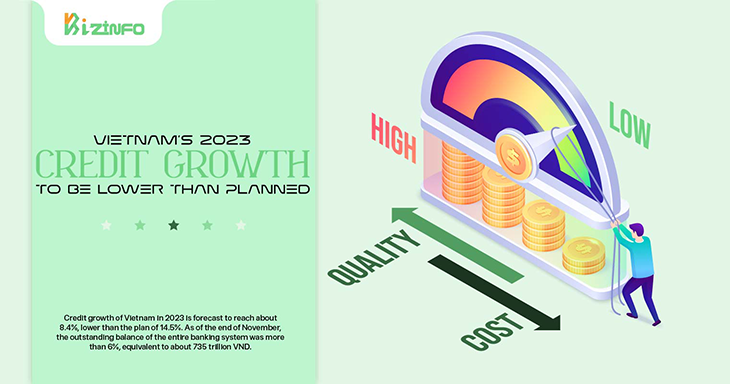Published Sep 2025
JPMorgan Chase & Co.: A Global Leader Navigating Risks and Opportunities
JPMorgan Chase & Co. is a global banking powerhouse, balancing vast financial strength with growing regulatory and technological challenges. This article explores its legal structure, executive leadership, key financials, and the strategic risks and opportunities shaping its future.

Introduction
JPMorgan Chase & Co. is one of the most influential financial institutions in the world today. With operations spanning consumer banking, investment banking, asset and wealth management, and transaction processing, the firm has long served as a pillar of the global financial system. In 2025, as markets evolve and regulatory demands rise, JPMorgan continues to lead with its scale, expertise, and ambition. This article explores its legal standing, leadership structure, financial health, key challenges, and future opportunities.
Legal Status and Structure
JPMorgan Chase & Co. is a publicly traded company, listed on the New York Stock Exchange under the ticker symbol JPM. It is legally incorporated in Delaware, a jurisdiction widely chosen by large U.S. corporations for its business-friendly legal framework. As a bank holding company and financial services firm, JPMorgan is subject to various federal and state regulations, including oversight by the Federal Reserve, the Securities and Exchange Commission, and banking regulators in more than 100 countries. Its structure allows it to operate across multiple lines of business while meeting stringent compliance and capital requirements.
Executive Leadership and Governance
Leadership remains a critical strength for JPMorgan. Jamie Dimon, who has served as Chairman and Chief Executive Officer since 2006, is widely recognized as one of the most experienced executives in global finance. His steady hand during the 2008 financial crisis and subsequent years of growth has earned him credibility among investors, regulators, and peers.
Supporting Dimon is a team of senior executives overseeing core operations. Jennifer Piepszak serves as Chief Operating Officer, having held various leadership roles in consumer and corporate banking. Jeremy Barnum, the firm’s Chief Financial Officer, plays a central role in risk management and financial strategy. Mary Callahan Erdoes leads the asset and wealth management division, while other leaders manage risk, technology, legal affairs, and corporate responsibility.
As succession planning becomes more urgent due to Dimon’s long tenure, internal appointments and strategic reshuffles suggest that the firm is cultivating a strong pipeline of future leaders. Maintaining clarity in leadership transition will be crucial in maintaining investor confidence.
Financial Performance and Stability
JPMorgan Chase remains one of the world’s most financially robust institutions. As of mid-2025, its total assets surpassed $4.6 trillion, with stockholders’ equity around $357 billion. In the second quarter of 2025, the firm reported net income of approximately $15 billion, adjusted slightly downward to $14.2 billion when excluding a one-time tax benefit. These numbers underscore the firm’s strength across interest rate cycles and volatile markets.
The bank’s business model is diversified across five major segments: consumer and community banking, commercial banking, corporate and investment banking, asset and wealth management, and payments services. This breadth supports revenue growth and provides resilience during sector-specific downturns. Continued investments in digital infrastructure, international expansion, and advisory services enable JPMorgan to sustain competitive advantages across geographies.
Evolving Challenges
Despite its scale and success, JPMorgan faces a series of complex and evolving challenges.
Regulatory compliance remains a top priority, as the bank has recently faced multi-million-dollar penalties related to trade surveillance and oversight issues. Heightened regulatory scrutiny, particularly in data protection, anti-money laundering, and systemic risk, requires the bank to allocate substantial resources toward compliance.
Macroeconomic pressures are another persistent concern. Changes in interest rates, inflation, and global economic conditions affect credit quality, borrowing behavior, and capital markets activity. A downturn's risk could increase corporate and consumer portfolio defaults.
Reputational risk also looms large. Public scrutiny of past client relationships, legal settlements, and internal controls requires vigilant risk management and transparent governance. Banks cannot afford to appear lax on ethics, sustainability, or accountability in today's socially conscious investment climate.
Technological disruption from fintech competitors, digital payment platforms, and challenger banks is reshaping the financial landscape. JPMorgan must continuously innovate to remain relevant and efficient, all while defending its market share against nimble, tech-native firms.
Additionally, the uncertainty around leadership succession poses a strategic risk. While the firm is taking visible steps to prepare for life after Dimon, market perception and internal morale will depend on how clearly and smoothly that transition is executed.
Strategic Opportunities
Amid the risks, JPMorgan is well-positioned to capitalize on several meaningful opportunities.
The revival of global M&A activity and infrastructure financing presents substantial upside for its investment banking division. The firm is expanding its infrastructure investment banking team to exploit the boom in energy, transportation, and digital infrastructure deals.
In international consumer banking, JPMorgan lays the groundwork for growth in emerging markets, where demand for financial services rapidly expands. The bank’s efforts to integrate digital platforms with traditional branch networks provide flexibility in mature and developing markets.
Digital innovation is a core strategic focus for the bank, which is investing heavily in artificial intelligence, machine learning, data analytics, and cybersecurity. These technologies enhance operational efficiency and improve fraud detection, client personalization, and real-time decision-making.
The firm also leverages its scale and capital to promote financial health and wealth creation, especially among underserved communities. This includes impact finance, financial literacy programs, and access to affordable credit—areas where JPMorgan can combine profitability with social responsibility.
Finally, JPMorgan’s ability to adapt to regulatory changes is a competitive advantage. The firm’s size and experience enable it to absorb compliance costs more effectively than smaller rivals, while shaping policy dialogue in the financial sector.
Balanced Outlook
JPMorgan Chase enters the second half of 2025 in a position of strength. Its financial metrics, diversified operations, and global reach place it at the top tier of international banks. Its leadership team is seasoned, its investment in digital transformation is substantial, and its role in capital markets, retail banking, and economic development is unmatched.
At the same time, the firm operates under enormous scrutiny. Regulatory pressure, public expectations, succession planning, and macroeconomic volatility require disciplined execution. To maintain its leadership in the years ahead, JPMorgan must manage risks proactively, innovate relentlessly, and swiftly navigate geopolitical and economic uncertainty.
Conclusion
JPMorgan Chase & Co. represents the complex duality of modern finance—vast and diversified yet vulnerable to disruption; resilient yet exposed to regulatory and reputational risks. Its scale, financial strength, and strategic clarity allow it to lead the global banking sector. But sustaining that leadership will depend not just on earnings and efficiency but also on the trust it builds with clients, regulators, investors, and society at large.
Disclaimer:
This article is for informational purposes only. The content relies on publicly available data, industry opinions, and professional analysis as of September 2025. It does not provide financial, legal, or investment advice. VNBIS and the author are not liable for any decisions made based on this publication. Readers should consult licensed financial or legal professionals before taking action.















